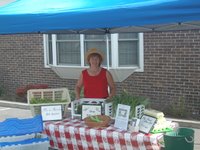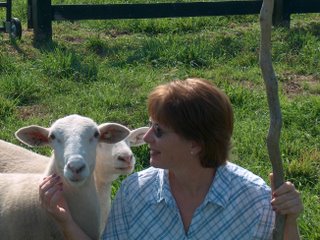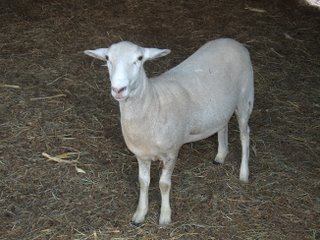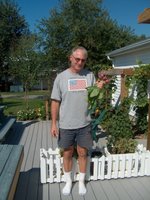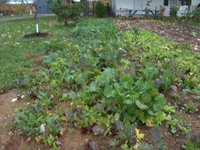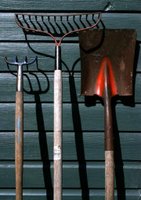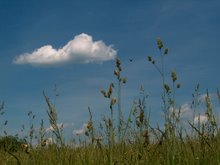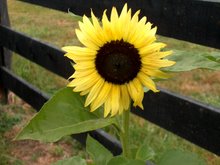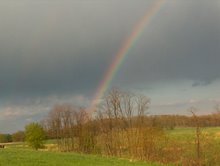I got the following information from the World's Healthiest Foods web site (www.whfoods.org) They put out a good email newsletter. To avoid consuming pesticides in your food you may want to be very careful about the foods on the first list. Even if you buy directly from the orchard or farm, you may be subjecting yourself to a lot of unhealthy contamination. Peaches and apples often get 15-20 separate sprayings per season. It is very difficult to find an organic orchard. For our fruit trees we are adopting organic methods instead instead of toxic pesticides, fungicides, insecticides. None of our small fruit crops, for ex raspberries, blackberries, etc are treated with pesticides.
WorldsHealthiestFoods
While we recommend enjoying organically grown food, sometimes organic foods are not readily available or accessible. We have previously shared with you the Environmental Working Group's list of "The Dirty Dozen" - those foods that have been found to be the most highly contaminated. This week we want to share with you their latest updated version of this list. Red raspberries and have been removed from the list while lettuce has been added. The Environmental Working Group's simulation of consumers eating high and low pesticide diets showed that it is possible to decrease exposure to pesticides by 90% by avoiding those foods that are the most highly contaminated and selecting those that are the least contaminated.
| The Dirty Dozen | |
|---|---|
| 12 Most Contaminated Fruits and Vegetables | |
| pesticide load | |
| Peaches | 100 (highest) |
| Apples | 89 |
| Sweet Bell peppers | 86 |
| Celery | 85 |
| Nectarines | 84 |
| Strawberries | 82 |
| Cherries | 75 |
| Pears | 65 |
| Grapes (imported) | 65 |
| Spinach | 60 |
| Lettuce | 59 |
| Potatoes | 58 |
| 12 Least Contaminated Fruits and Vegetables | |
| pesticide load | |
| Onions | 1 (lowest) |
| Avocados | 1 |
| Sweet corn | 2 |
| Pineapples | 7 |
| Mango | 9 |
| Asparagus | 11 |
| Sweet peas | 11 |
| Kiwi | 14 |
| Bananas | 16 |
| Cabbage | 17 |
| Broccoli | 18 |
| Papaya | 21 |
These lists are a great tool to help you make the best choices to avoid pesticide residues when you purchase conventionally grown foods from your local market.
